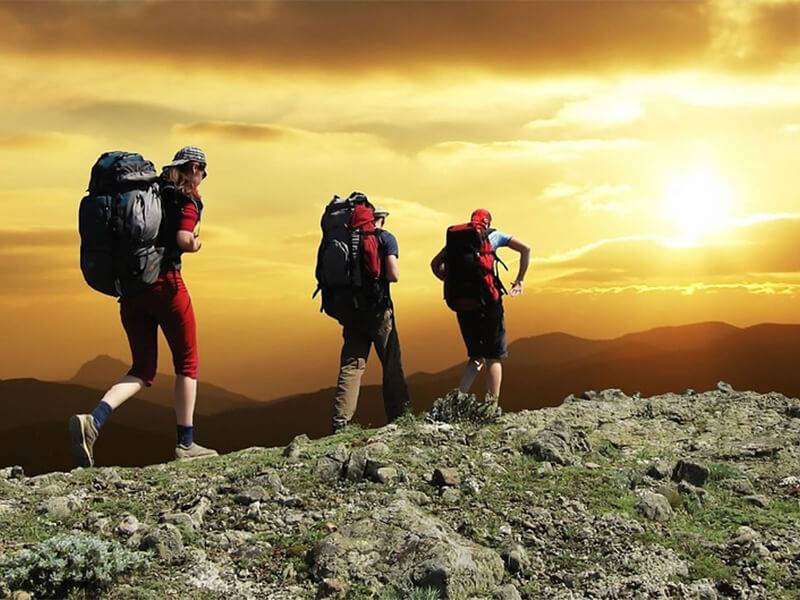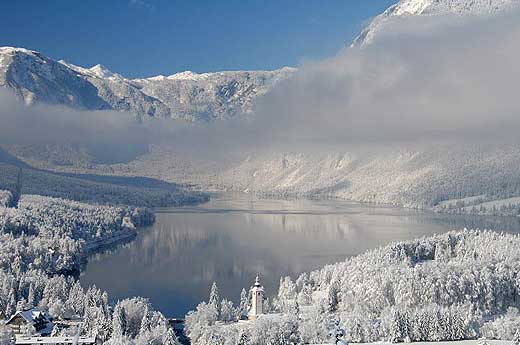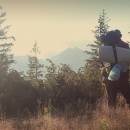Trekking Slovenia
Trekking is the perfect choice for adventure lovers seeking unforgettable hiking experiences and breathtaking natural landscapes. With convenient online booking, you can easily plan your next trekking adventure tailored to your wishes.
Whether you prefer challenging mountain trails, gentle forest walks, or coastal hiking paths, trekking opens the door to discovering hidden gems and stunning scenery. Guided trekking tours offer professional guidance, safety, and insider knowledge of local routes and nature highlights.
Choose short day hikes or multi-day trekking expeditions, and immerse yourself in nature’s beauty while staying active and healthy. Online booking makes it simple to secure your spot for popular routes or private treks, ensuring you don’t miss the adventure you’re dreaming of.
Search for the best trekking tours, check reviews, and make your trekking reservation online with ease. Unleash your spirit of adventure and discover how trekking can transform your travels into extraordinary memories.
Trekking Slovenia FAQ
Discover the best selection of hotels, apartments, and villas with pools in Slovenia – perfect for your next getaway. Explore top-rated accommodation options, from holiday homes to campsites and mobile homes, all in one place!
Looking for a destination that combines stunning nature, rich culture, and exciting activities? Slovenia is the hidden gem of Central Europe, offering a perfect mix of comfort, adventure, and relaxation. Whether you're planning a romantic escape or a family vacation, you'll find a wide range of hotels, cozy apartments, traditional holiday homes, and luxurious villas with pools that meet every travel style and budget.
For nature lovers and outdoor enthusiasts, Slovenia is paradise. From hiking in Triglav National Park to kayaking on Lake Bled, the list of things to do is endless. Families will love the scenic tourist resorts near lakes and mountains, while couples can enjoy peaceful retreats in countryside holiday houses...
Tourist offers Slovenia
Gastronomy Slovenia
Health Tourism Slovenia
Active Tourism Slovenia
Culture Tourism Slovenia
Nightlife Slovenia
Transfers Slovenia
Events and entertainment Slovenia
Excursions Slovenia
Hotels in Slovenia
Private accommodations in Slovenia
Tourist resorts in Slovenia
Holiday houses in Slovenia
Villas with Pool in Slovenia
Camps, mobile homes in Slovenia
Boat rental in Slovenia
Farm holidays in Slovenia
Hostel in Slovenia
Trekking Slovenia Offer



















 Professional serivce
Professional serivce Quality tourist service
Quality tourist service 14 years in business
14 years in business A large number of satisfied guests
A large number of satisfied guests